Bottom fishing is a must-have fishing technique. If you’ve not tried this activity, it’s time you tried out a new adventure. Anyway, it doesn’t hurt to try out something new. Getting the right gear and experience will increase the chances of catching different species of fish and will leave you yearning for the next fishing trip.
Whether you are a beginner or pro angler, this activity is perfect for everyone. This beginner’s guide will be a great help for anyone looking to improve their bottom fishing skills.
What is Bottom Fishing?
Bottom fishing is a technique where one tries to catch fish found on the seafloor. This technique looks like lazy fishing to most people, but it requires excellent drifting and anchoring techniques. This technique will not suit just an angler; you need to have practiced severally to get a hold of species like the giant grouper, red snapper, and Perch.
Common Catches of Bottom Fishing
While bottom fishing, you can be sure to catch larger fish species. The most common catches in freshwaters include Perch, bluegill, carp, and Bass. In saltwater, if you are lucky enough, you will walk out of the water with a tasty Flounder, sea Bass, Giant grouper, and sea bass.
Freshwater Bottom Feeder Fish (pond, lakes, rivers)
Catfish
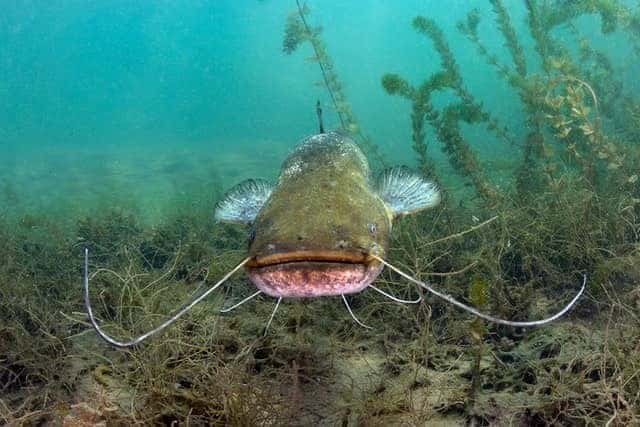
Catfish stands out due to their beauty and distinct patterns. The most popular catfish species include flathead, wels. Channel and blue. They are omnivores and opportunistic feeders, feeding on aquatic animals, plants, and small animals. Additionally, the fish, a beautiful delicacy and you, will not regret your tiring day out in the water. These fish are also perfect for an aquarium setup since they are fun to look at and exhibit funky behaviors like squeaking and swimming upside down.
See also : How to Fish for Catfish for beginners
Carp

Carp is an oily species of freshwater fish from the family of Cyprinidae. This species is consumed in many parts of the world. The different carp species include silver, common, grass, bighead, and black carp. Carp feeds on a variety of food, including crustaceans, insects, larvae, and fish eggs.
Bass

There are different species of Bass fish. Large moth bass and smallmouth bass are the most common bass species, and they are two of the most prized fish species. These species are not complicated to fish. With live bait or artificial lures, you can walk out of the water with a bass fish. These fish love large, slow-moving rivers or streams.
Saltwater Bottom Feeder Fish
Halibut
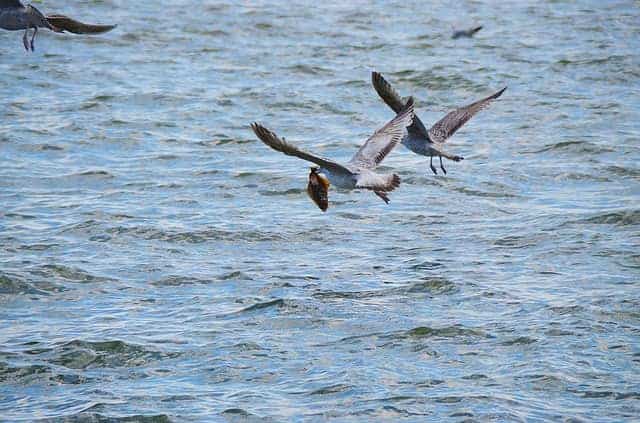
Halibut species consists of Atlantic Halibut and Pacific halibut. The two differ in the ocean they live in and their size. Atlantic Halibut is bigger than the pacific halibut and is classified as the biggest flatfish species in the world. Atlantic halibut weighs over 200kgs, so it makes a lot of sense when an angler classifies it as a jackpot.
Flounder

Flounder is one of the most popular fish species in bottom fishing. Flounder species include European, Gulf, Southern, and Olive. These fish species are born with one eye on each side of the head, and when they are bigger, one eye migrates, and both eyes are on the same upper side of the body. Flounders differ in their colors, but their upper side is usually darker than their belly to hide in sandy or muddy bottoms. Depending on the species, their size ranges between 25 and 95cm. They mostly feed on small fish, shrimp, spawn, and crustaceans.
Eel
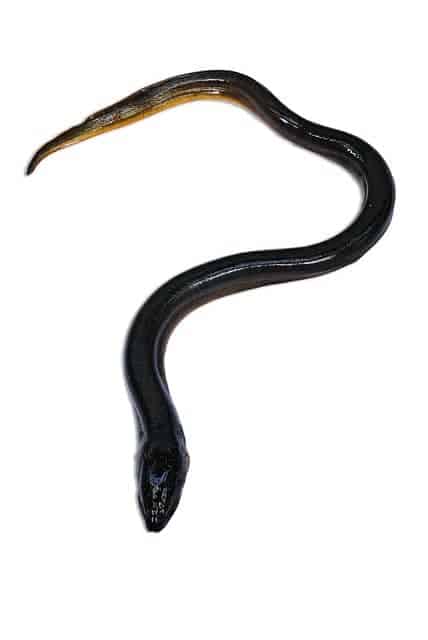
When bottom fishing, one of the most popular species you will find is Eel. The European Conger is the most popular among the Eel species and is still among the heaviest fish. These fish vary in size, and they live in the shallow seas near the coast. They are long and sleek, and they mostly feed on smaller fish species, and occasionally, they feed on crustaceans.
COD (Atlantic and Pacific)
COD is a common name for the demersal fish that belong to the Gadidae family. There are two common species of COD. The Atlantic cod and Pacific cod. Atlantic COD is found in the cold waters and deeper sea regions in North Atla tic. On the other hand, the Pacific code is found in both eastern and western regions of the Northern pacific. This species is popular as food and is still used in the manufacture of cod liver oil.
Snapper
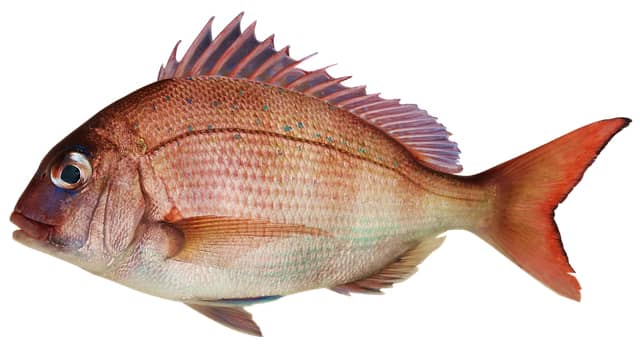
Snapper is very common at the bottom of the sea. There are about 105 species of these fish, and they are mostly found in the tropics. They have elongated bodies, largemouths, sharp canine teeth, and forked tails. They are large most of them being 60-90 cm long. These fish are carnivores, and they mostly prey on small fish and crustaceans.
Grouper
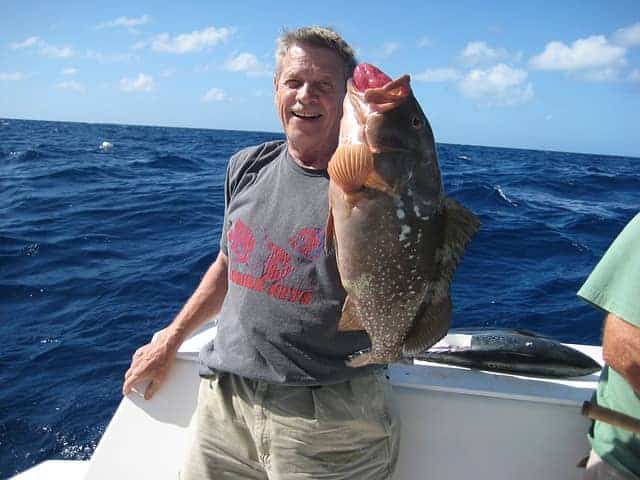
If you concentrate more on bottom fishing, groupers are some of the most common species you will come across. Groupers consist of a large family, and they are known to have a stout body and largemouth. They are well vast in fast and long-distance fishing. These fish species are quite large and the largest of them being the Atlantic goliath grouper.
They primarily feed on fish, octopuses, and crustaceans. Despite being huge fish, they do not have many teeth on the edges of their jaws, and they mostly swallow food instead of biting pieces off the prey. The mouths and gills of these species form a powerful vacuum that pulls their prey in from a distance. Their shelters are mostly under big rocks. They use their mouths to dig into the sand and jet out through the gills.
Rays
Rays are dorsoventrally flattened fish, and they are closely related to sharks. You will encounter these fish severally while bottom fishing. They differ from sharks due to their enlarged winglike pectoral fins, breathing pattern, five-gill openings, and mouth location. They mainly inhabit the warm seas and weigh up to 90kg.
Where to Bottom Fish
Bottom fishing requires a bit of experience and concentration. Anglers refer to the ocean floor as a giant desert with beacons of life. However, these giant deserts attract different sea creatures, including fish. Therefore, there are different places where you can bottom fish including.
Shore fishing: Rocky banks, Bridge pilings, and piers
Nearshore fishing: Wrecks, natural and artificial reefs
Offshore fishing: Wrecks, oil rigs, and artificial reefs.
Freshwater Fishing: Piers, bridge pilings, rocky formations, and drop-offs.
When to bottom Fish
The best time to bottom fish varies depending on the waters. Saltwaters bottom fishing is affected by weather, tides, and light levels. In contrast, freshwater bottom fishing is affected by the weather, currents, and light levels. Day breaks and sunsets are the best time to go bottom fishing due to the light levels. Light levels determine the lures to use due to the changing color of the water. These other factors like weather, currents, and tides determine the places and depth of fish.
Bottom Fishing Techniques
Deep-sea bottom fishing techniques
Deep-sea bottom fishing is fascinating despite requiring a substantial amount of work. However, to succeed in it, you need to have the right technique. The techniques below apply to most people.
Firstly, ensure you feel the bottom. When a sinker is dragging along the bottom, it delivers consistent resistance.
When you fee a hit, do not yank the rod immediately. Dome fish hit three or four times before taking the hook. So, a little patience will give you better results.
If you get hit but don’t hit the fish, wait for a minute or two; if nothing still happens, reel up and check your bait. You could be dragging a rig with no bait.
For most anglers working the lines works perfectly. Let the tip of the rod almost touch the water, smoothly lift it five or six feet, and return the rod to your natural fishing position. By doing this, every twenty to thirty minutes, the bait creates small ripples and attracts fish.
More info : What’s the differences between deep sea fishing vs bottom fishing
Boat Hull for Bottom Fishing
Bottom fishing from a boat gives the best results. First, however, you need to ensure that you have the best boat for this purpose. The modified V hull is perfect for drifting and bottom fishing. This one-piece hull comes with a modified V shape at the bow that transitions to a flatter V at the stern.
Bottom Fishing Rod
With the right equipment, you can be assured of having a successful time. For bottom fishing, you need a sturdy rod to handle the harsh conditions you encounter while bottom fishing. With the many manufacturers today, you can always find a sturdy and durable rod for bottom fishing.
Bottom fishing reels
Fishing reels are an essential aspect of fishing. While bottom fishing, you need a reel built to withstand harsh conditions and deliver maximum performance. Conventional reels are preferred for bottom fishing.
See Also : What Rods are Best for Bottom Fishing
Bottom Fishing Combos
Fishing combos consist of reels and rods. Getting a combination that works ideally will ensure the success of your fishing. The performance of a rod will impact the performance of the reel and vice versa.
See also : What are the best rod and reel combos for Bottom fishing ?
Bottom Fishing Rigs
Rigs are as essential as any other fishing equipment. Having your lure in the proper position will increase the chances of luring the bait and catching your fish. Bottom fishing rigs ought to be strong and built to withstand the harsh conditions underwater. Here are some of the best bottom fishing rigs.
Bottom Fishing Baits, Sinkers, Hooks
The bait works hand in hand with the sinkers and hooks to ensure you successfully catch your desired fish while bottom fishing. In addition, dead baits are more convenient since you can always purchase them, and they are easily accessible compared to live baits.
